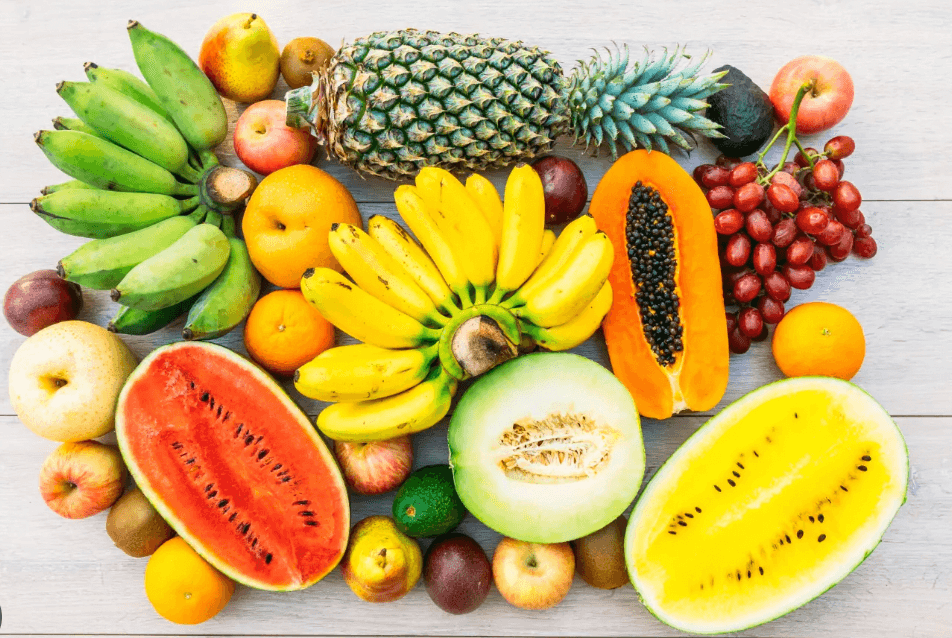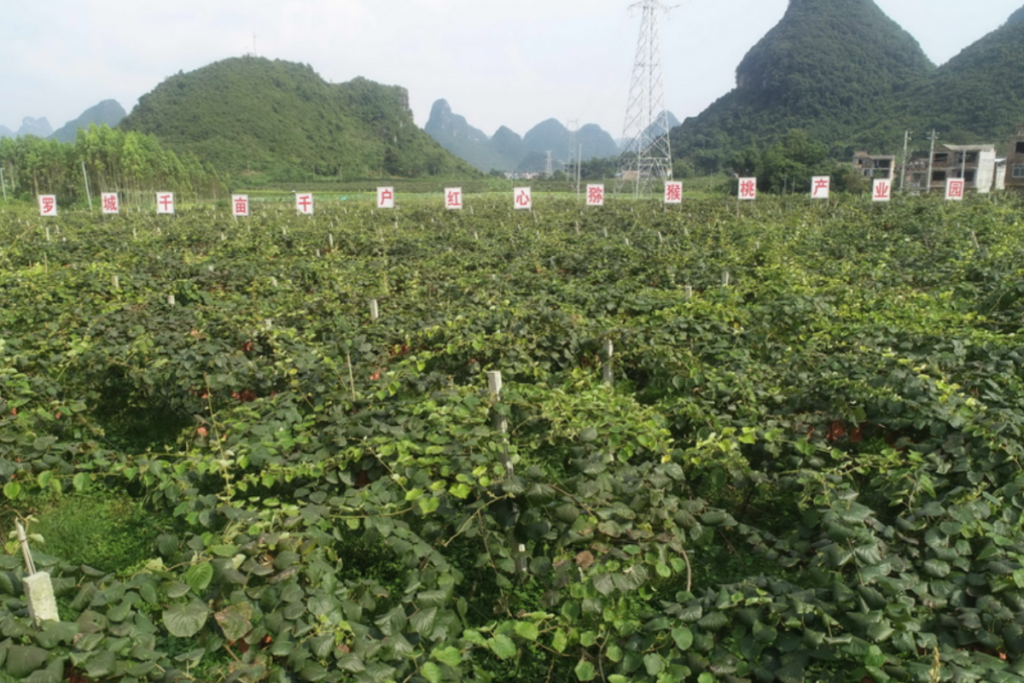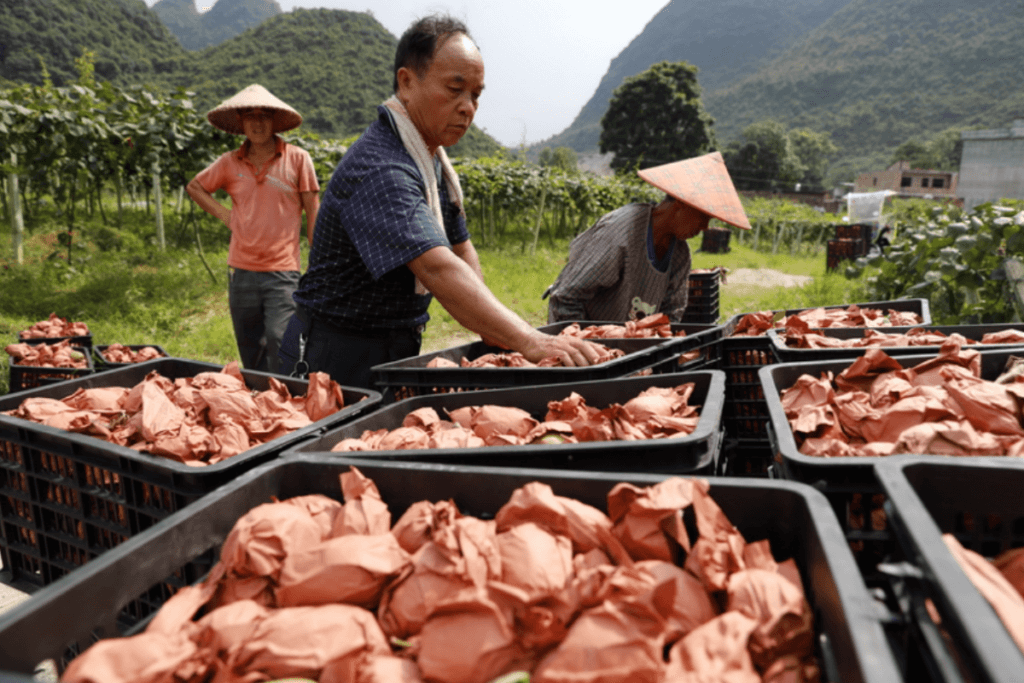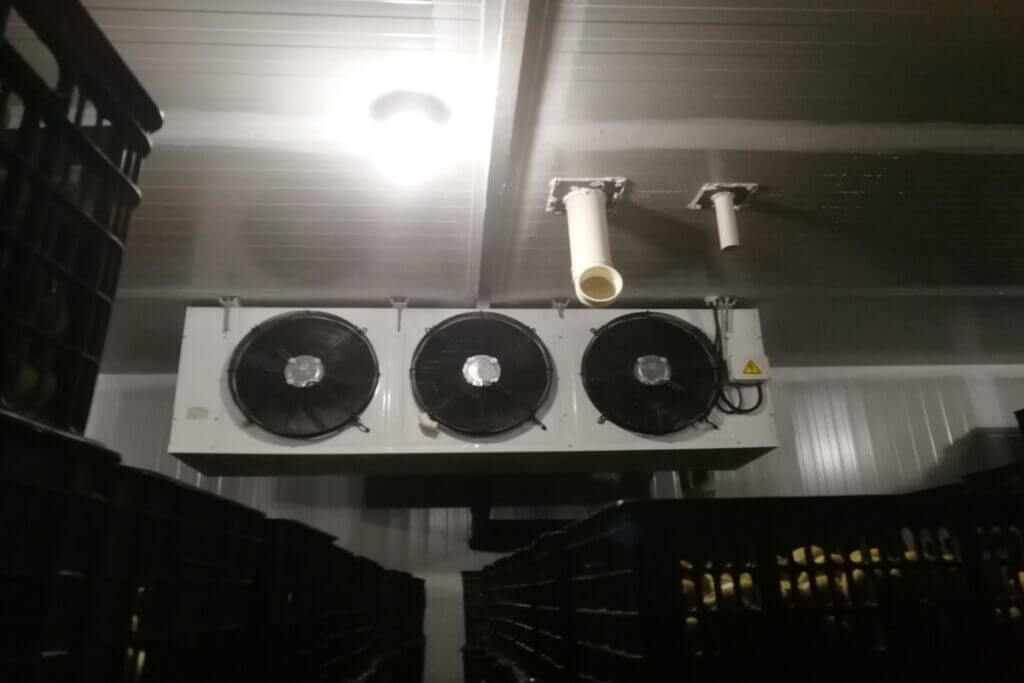Fruits Cold Room
Cold storage for fruits offers economic value by extending shelf life, reducing post-harvest losses, and maintaining fruit quality. This helps producers manage supply, reduce waste, and access markets over longer periods, including off-seasons. By preserving freshness, cold storage enhances fruit marketability, leading to higher sales and profitability, while ensuring year-round access to high-quality produce.
Common Types of Fruits Stored
These fruits benefit from cold storage to maintain their freshness, extend shelf life, and reduce spoilage.

Apples, Pears, Oranges, Lemons, Limes, Grapes, Kiwifruit, Strawberries, Blueberries, Raspberries, Cherries, Peaches, Plums, Nectarines, Apricots, Pomegranates, Mangoes, Papayas, Pineapples, Bananas (pre-ripening), Watermelons, Cantaloupes, Honeydew melons, Persimmons, Figs, Avocados, Lychees, Longans, Durian, Dragon fruit, Guavas, Passion fruits, Starfruits (Carambola), Mulberries, Cranberries, Blackberries, Raspberries, Gooseberries, Red currants, Dates, Quinces, Grapefruits, Tangelos, Tangerines, Clementines, Jackfruit, Soursop (Guanabana), Mangosteens, Loquats, Rambutans
Customer Case for Kiwi Cold Room




Storing kiwifruit in cold storage requires careful attention to several key factors to maintain their quality and extend their shelf life:
Optimal Temperature: Kiwifruit should be stored at a temperature range of -0.5°C to 0°C (31°F to 32°F). This low temperature helps to slow down the ripening process and prevent spoilage.
Relative Humidity: The ideal humidity level for kiwifruit storage is around 90% to 95%. Maintaining high humidity prevents the fruit from dehydrating and losing moisture, which can lead to shriveling.
Ventilation: Proper ventilation is essential to remove the ethylene gas produced by the kiwifruit, which can accelerate ripening. Using air circulation fans or specialized ventilation systems helps maintain an even temperature and reduces the buildup of ethylene.
Ethylene Sensitivity: Kiwifruit is sensitive to ethylene, a natural ripening hormone. It’s important to store kiwifruit away from other ethylene-producing fruits (such as apples and bananas) to avoid premature ripening.
Handling and Packaging: Kiwifruit should be handled with care to prevent bruising. Use proper packaging materials that allow for ventilation while protecting the fruit from physical damage.
Regular Monitoring: Regularly check the temperature, humidity, and ethylene levels within the storage to ensure they remain within the recommended ranges. Also, inspect the fruit periodically for any signs of spoilage or over-ripening.
Storage Duration: Under optimal conditions, kiwifruit can be stored for several months. However, it’s important to monitor the fruit’s condition regularly, as prolonged storage may lead to quality degradation.
By following these storage guidelines, kiwifruit can be kept fresh and of high quality for extended periods, ensuring they reach the market in optimal condition.
Get in Touch with Our Team Now!
Want to know more? Start exploring our custom services and we are always ready.
